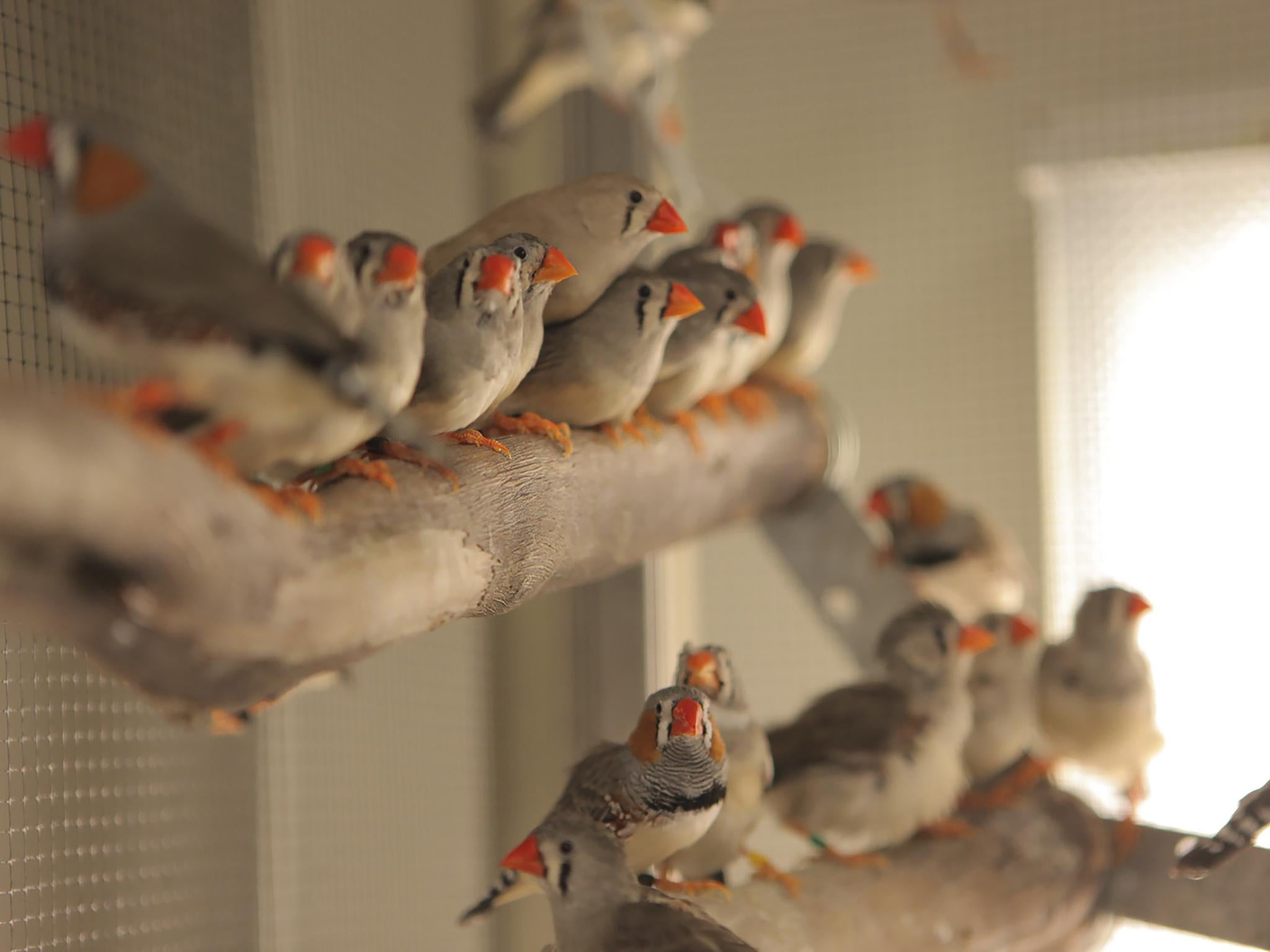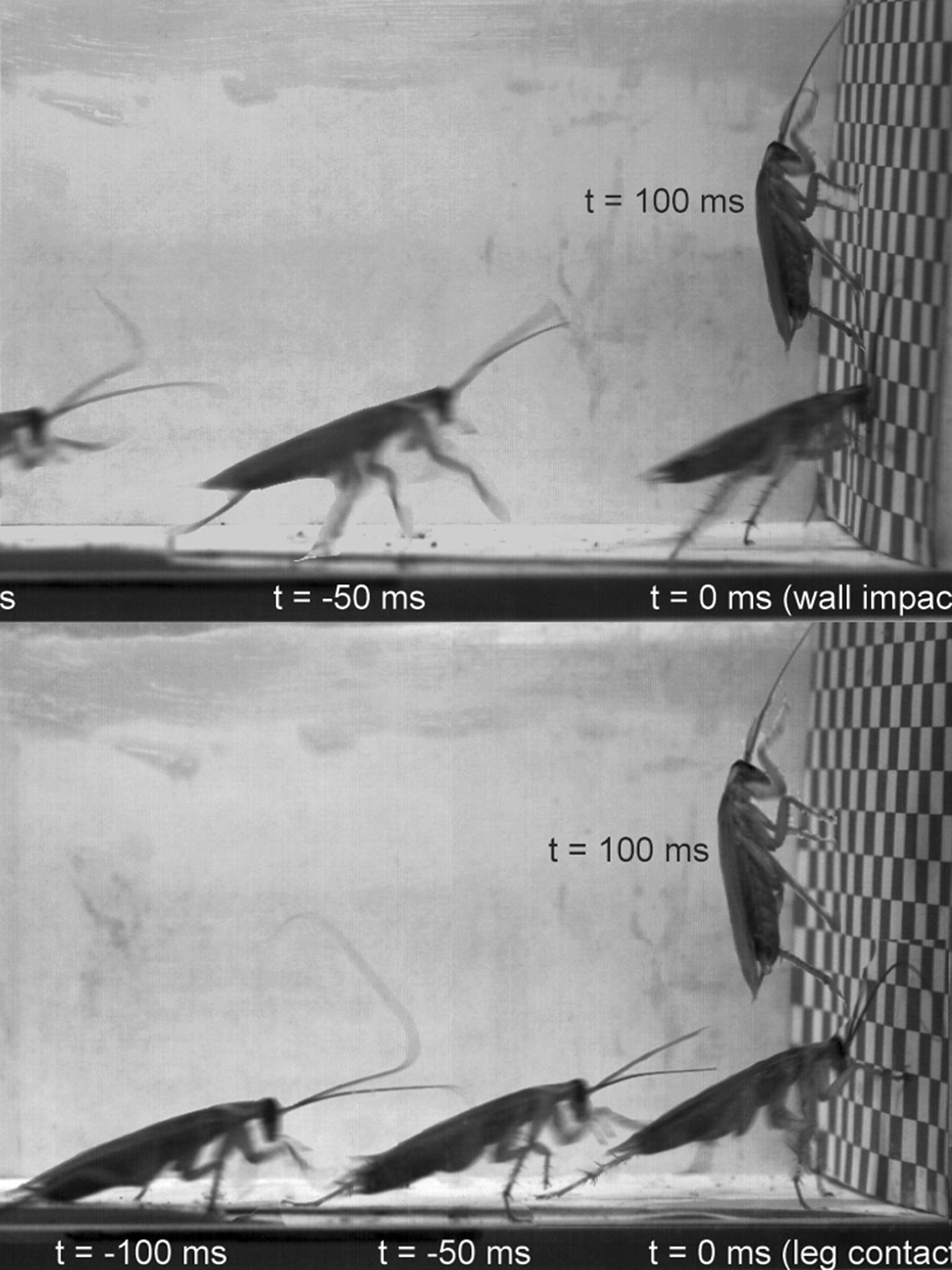Science news in brief: Songbirds are tuned into love and the cuttlefish has demonstrated a new ability
A roundup of news from around the world

Your support helps us to tell the story
From reproductive rights to climate change to Big Tech, The Independent is on the ground when the story is developing. Whether it's investigating the financials of Elon Musk's pro-Trump PAC or producing our latest documentary, 'The A Word', which shines a light on the American women fighting for reproductive rights, we know how important it is to parse out the facts from the messaging.
At such a critical moment in US history, we need reporters on the ground. Your donation allows us to keep sending journalists to speak to both sides of the story.
The Independent is trusted by Americans across the entire political spectrum. And unlike many other quality news outlets, we choose not to lock Americans out of our reporting and analysis with paywalls. We believe quality journalism should be available to everyone, paid for by those who can afford it.
Your support makes all the difference.Brains of songbirds are tuned into love
If Cupid wanted to make songbirds fall in love, he’d better aim at their brains. That’s because songbirds, which form lifelong mating pairs, have brain systems perfectly tuned to fit together.
Take finches. A male learns his father’s song, and performs it to attract a mate. He sings: “Chirp, chirp – my brain is healthy, and my body is strong. That’s something you’re into, right?”
A female finch also learns her father’s song, but she doesn’t perform. She’s the critic. She analyses every detail of a potential mate’s song, and decides if she wants to keep him around.
Researchers looking into finch brains say that each sex uses what’s called its sound control system to convert sound waves into social messages and then use them to find mates. While these systems are well-developed and finely tuned in both sexes of songbirds, the wiring is different.
“The biggest difference between male and female brains of the same species is found in songbirds,” says Sarah Woolley, a neuroscientist who studies finches at Columbia University.
Woolley’s lab has been looking into the acoustic systems of zebra, bengalese and long-tailed finches to see how their brains take in and process sounds – learning, performing and analysing different parts of them to make sense of songs.
Females tend to prefer elaborate songs with more syllables.
How well the birds learn depends on a genetic predisposition to tune into sounds specific to their species. But experience is important too. Because social relationships are so powerful, a baby bird reared by the wrong species, Woolley has found, can learn the wrong species’ song even if its biological father’s song is audible.
“The magic of the songbird is that vocal learning is incredibly rare to find in animals,” Woolley says. “No ape can do it (except the human), no monkey can do it, and no rodent can do it.” And she believes that by understanding more about how songbirds use their brains to make sense of sound, she can learn more about how humans use theirs to develop a spoken language early to communicate later in life.
The cuttlefish, a master of camouflage, demonstrates a new trick
Consider the cocktail umbrella. Like their larger counterparts, these wee things can be furled and unfurled easily. Once you tire of playing with them, you can lock them into the open position with a little latch before continuing to enjoy your drink.
Now imagine you have hundreds of cocktail umbrellas under your skin. This, it turns out, is fairly close to reality for cuttlefish, the sprightly relatives of squids and octopuses, according to new research.
Biologists at the University of Cambridge and the Marine Biological Laboratory in Massachusetts, have discovered that cuttlefish, masters of camouflage whose shape-shifting talents have fascinated biologists for decades, can lock hundreds of tiny structures under their skin into an upright position, giving themselves a particular texture, then go on their way without expending any energy to keep up the look.
Cuttlefish are the chameleons of the sea: put one in front of a bank of seaweed and it will immediately activate a set of reflectors and coloured cells in the skin to match their background and fade from view.
What’s more, they will mimic the texture of their environment using little nodules called papillae that they extend and retract using muscles. They can make themselves look like a cobbled seafloor, a spiny piece of coral or a hunk of granite.
“They’re even clever enough that they’ll put the posture of their arms to match things in their environment,” says Trevor Wardill, a neurobiologist at the University of Cambridge and contributor to the study, published in iScience. “If there’s seaweed on a 45-degree angle, they’ll set their arms to match.”
The researchers believe that cuttlefish use this previously unknown locking mechanism to sustain their disguise as a piece of rock or coral without having to actually hold their muscles in the same posture for an extended period of time.
This is similar to a well-known phenomenon in clams and related creatures: when these molluscs want to clam up, they lock the muscles that open and close their shells by altering the chemistry of certain muscle proteins. In both cases, it seems that this approach can save energy for the animal, as it doesn’t have to strain to maintain its pose.
How do cockroaches hit walls at full speed and barely slow down?

Anyone who’s tried to kill a cockroach knows that they have some world-class evasive manoeuvres.
Cockroaches’ agility may owe less to lightning-fast reflexes and fancy footwork than to their tough, shock-absorbent bodies. A new study says American cockroaches can run full-speed into walls because their exoskeletons allow them to recover quickly with hardly any loss in momentum.
“Their bodies are doing the computing, not their brains or complex sensors,” says Kaushik Jayaram, a biologist at Harvard University and lead author of the study, which was published in the Journal of the Royal Society Interface.
The findings, further validated by a cockroach-size robot, may influence the design of the next generation of robots that run, jump and fly.
Studies have shown that American cockroaches are among the world’s fastest insects, reaching speeds of up to 3.4mph (or about 50 body lengths per second). They can pivot quickly, scamper across ceilings and disappear into tiny crevices.
But they are also known to frequently collide with obstacles. Jayaram wanted to know whether those collisions counted as missteps or were part of a strategy that favoured speed over accuracy. To find out, he and a team of researchers focused on one of the insect’s signature moves: the transition from running along a floor to scaling a vertical wall.
Using high-speed videography, the researchers recorded 18 male American cockroaches repeatedly running across an acrylic track with only one climbable wall (other walls were coated with petroleum jelly). When they viewed the tapes in slow motion, the researchers were surprised to discover that 80 per cent of the time, the insects were simply crashing headfirst into the wall at top speed before making the transition. Other times, they were angling their head upward and using their legs to slow down before reaching the wall.
It turns out the cautious approach wasn’t necessary. The roaches that ran headlong into the wall could make the upward shift just as quickly – in about 75 milliseconds – the researchers found. Apparently, the roaches preferred to run full speed knowing their exoskeleton could take the hit.
To be sure the roaches were relying on their bodies and not their wits, the researchers ran similar tests with a tiny, cockroach-inspired robot that had no sensors or feedback mechanisms. The results were similar, appearing to confirm Jayaram’s conclusions.
If the current study is right, “small robots can be built with simple, robust, smart bodies to safely bump into obstacles instead of using complex and expensive sensing and control systems,” he says.
Orangutans on Borneo succumb to bullets and bulldozers
Around half of all orangutans living on the South-east Asian island of Borneo – nearly 150,000 in all – vanished during a recent 16-year period. The causes included logging, land clearance for agriculture and mining that destroyed their habitats, according to a study in Current Biology.
However, many orangutans also disappeared from more intact, forested areas, suggesting that hunting and other direct conflicts between orangutans and humans remain a major threat to the species.
“The decline in population density was most severe in areas that were deforested or transformed for industrial agriculture, as orangutans struggle to live outside forest areas,” says a lead researcher for the study, Maria Voigt of the Max Planck Institute for Evolutionary Anthropology in Germany.
“Worryingly, however, the largest number of orangutans were lost from areas that remained forested during the study period. This implies a large role of killing.”
Orangutans are an endangered species, with some populations critically endangered. Their prime habitat in Borneo is lowland rain forests, ravaged by illegal logging operations and slash-and-burn land clearing for palm oil plantations and other agricultural activities.
To estimate changes in the size of Borneo’s orangutan population over time, researchers representing 38 international institutions compiled field surveys conducted between 1999 and 2015. They extrapolated the overall size of the island’s population from the number of orangutan nests found throughout the species’ range in Borneo.
The team observed 36,555 nests and estimated a loss of 148,500 orangutans during that period. That would leave the surviving number at around 148,000, according to the report. However, the World Wildlife Fund estimates that the remaining population of Borneo orangutans is much smaller, at around 105,000.
Based on predicted future losses of forest cover and the assumption that orangutans ultimately cannot survive outside forest areas, the researchers predicted that more than 45,000 additional orangutans will die during the next 35 years.
“In addition to protection of forests, we need to focus on addressing the underlying causes of orangutan killing,” says Serge Wich, a member of the research team. “The latter requires public awareness and education, more effective law enforcement, and also more studies as to why people kill orangutans in the first place,” he says.
Ancient sculptors made camels of stone

Some 2,000 years ago, perhaps, ancient artists in the Arabian desert climbed rock outcrops and carved life-size camels into the stone.
Now, archaeologists have discovered about a dozen of the humped sculptures. Although camel art has been found in other parts of the Arabian Peninsula, the newly uncovered engravings are stylistically unique.
The findings could help provide insight into the history and development of rock art in the region.
“This is a major new discovery and in some ways a completely new type of rock art in Saudi Arabia,” says Maria Guagnin, an archaeologist who was not involved in the study.
Though much of the artwork is damaged from erosion or vandalism, the parts still visible suggest careful attention to detail. Sometimes the camels were carved alongside other beasts of burden, like donkeys.
In one rock panel there is a camel lying on the ground with its head tilted towards a donkey that is on its feet. The two are nearly touching.
“It raises its head to the head of the donkey, like Michelangelo in the Vatican – it’s the connection of two species,” says Guillaume Charloux, an archaeologist at the French National Centre for Scientific Research and lead author on the paper, which appeared in the journal Antiquity. “To me, it’s a real piece of art.”
Charloux along with Hussain al-Khalifah from the Saudi Commission for Tourism and Heritage, led a team to explore the site in Al Jawf.
“When we arrived at the site, we were astonished,” says Charloux. The team conducted three short visits in 2016 and 2017. They found 11 camels, two donkeys and one unknown horselike animal.
Charloux suspects the engravers were influenced by Nabatean art, which came from an ancient nomadic people in the area, as well as the Parthians from what is now Iran. The so-called Camel Site, he says, may have served as a border that signalled the edge of the Nabatean territory. It also could have been a rest stop for caravans crossing the desert to trade, or a spot to worship.
Charloux says based on its similarities to other works, it most probably dated to about 2,000 years ago. But the site is currently on private land that has been damaged by bulldozers, and it is difficult to scientifically date.
© New York Times
Join our commenting forum
Join thought-provoking conversations, follow other Independent readers and see their replies
Comments